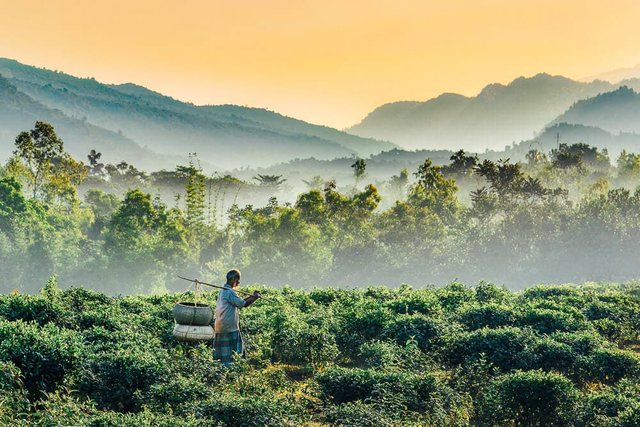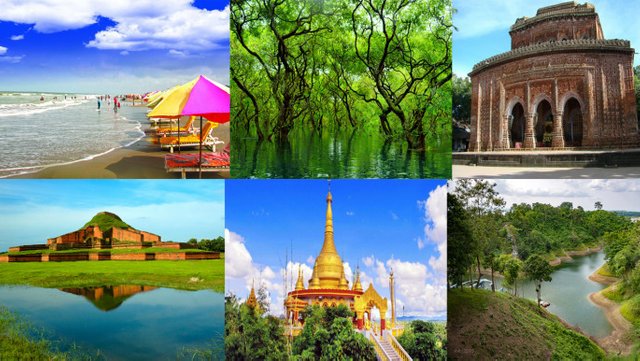About Bangladesh
Bangladesh is a South Asian country located on the Bay of Bengal, bordered by India to the west, north, and east, and Myanmar (Burma) to the southeast. It is known for its rich cultural heritage, diverse history, and unique geographical features. With a population of over 160 million people, it is one of the most densely populated countries in the world. Here, I'll provide you with a comprehensive overview of Bangladesh, covering various aspects of its history, culture, geography, economy, and more.
Geography and Natural Features:
Bangladesh's landscape is characterized by the Ganges, Brahmaputra, and Meghna river systems, which flow through the country, creating an intricate network of waterways. The country is primarily composed of the delta formed by these rivers, making it prone to flooding during the monsoon season. The Sundarbans, the world's largest mangrove forest, is located in the southwestern part of the country and is home to the famous Royal Bengal tiger.
History:
Bangladesh's history dates back to ancient times, with the region being part of various empires and dynasties. During the colonial era, it was part of British India. In 1947, when India gained independence, the region became East Pakistan, forming one unit of the newly created Pakistan. However, linguistic and cultural differences between East and West Pakistan led to tensions, culminating in the Bangladesh Liberation War of 1971. The war resulted in the creation of the independent state of Bangladesh.
Language and Culture:
Bengali, also known as Bangla, is the official language of Bangladesh and is spoken by the vast majority of the population. The country has a rich cultural heritage, with literature, music, and art playing a significant role. Renowned poet Rabindranath Tagore, who composed the national anthems of both India ("Jana Gana Mana") and Bangladesh ("Amar Shonar Bangla"), hails from Bangladesh.
Economy:
Bangladesh has seen impressive economic growth over the past few decades, with the textile and garment industry being a major driver of its economy. The country is one of the world's largest exporters of textiles and garments, contributing significantly to its foreign exchange earnings. Additionally, remittances from Bangladeshis working abroad are a crucial source of income for the country.
Challenges:
Despite its economic growth, Bangladesh faces numerous challenges. Its vulnerability to natural disasters, including cyclones and flooding, poses a constant threat to the population and infrastructure. Poverty, inadequate healthcare, and educational facilities remain pressing issues. Political instability and corruption have also been concerns affecting the country's development.
Cuisine:
Bangladeshi cuisine is characterized by the use of rice and fish as staple foods. Dishes often feature a blend of spices, herbs, and flavors, creating a unique culinary experience. Some popular dishes include biryani (a rice dish with meat and spices), bhuna khichuri (a rice and lentil dish), and various fish curries.
Tourism:
Bangladesh's natural beauty and historical sites attract a growing number of tourists. The ancient city of Bagerhat, the historic mosque city of Bagerhat, and the tea gardens of Sylhet are among the popular destinations. The Cox's Bazar beach, one of the longest natural sea beaches in the world, is another major attraction.
In conclusion, Bangladesh is a country with a rich cultural heritage, marked by its history, geography, and economic growth. While it faces challenges, it also holds significant potential for development and progress in various sectors.


